Pros: privacy
The undoubted benefit of tulle is that, thanks to the thin fabric, those who are in the room are not visible from the street, but at the same time daylight enters freely. This reception works only during the day and is especially relevant for those living in ground floor.
Tulle will be an excellent solution if the apartment is located opposite an apartment building - it protects from prying eyes from neighboring windows.
For: comfort
A room without tulle can seem unfinished, uninhabited, especially if the curtains are made in a laconic style. Fine lace fabric gives the room airiness, lightness, protects from bright sunlight during the day and masks a dark window in the late evening - the latter looks like a "black hole", causing discomfort not only in children, but also in adults.
The tulle window always looks complete at any time of the day.
Pros: disguise
The window opening, complemented by tulle, not only decorates the room, but also obscures the ugly view from the window, as well as the unevenness and distortion of the glass. Tulle masks dust, drops and streaks if they appear too often, and it is not possible to wash the window as dirt appears.
Thin fabric covers old frames and distracts attention from radiators: even if they are modern, not everyone likes their "technical" look.
Pros: protecting materials
The use of tulle is not only in its decorative effect: it is a practical solution for those who want to protect wood flooring, laminate, wallpaper and furniture from UV exposure.
If the windows face the sunny side, then without the tulle that scatters the light, light spots from burnt wood will appear on the floor made of natural wood within a couple of years. Wallpaper may fade even earlier, and the durability of the laminate will depend on its quality.
Cons: irrelevant
Despite all the advantages of tulle, sometimes it is worth making a choice in favor of blinds, roller blinds or Roman blinds. If the stove is located close to the window, we do not recommend using fabric, especially lightweight curtains for safety reasons.
The style of the interior should also be taken into account: in a modern interior, lace fabric can look ridiculous, so choose a laconic fabric without patterns.
Scandinavian-style houses often have windows that are completely free of textiles, however, this option is not suitable for everyone.
Cons: blackout
The less light enters the room, the darker and more cramped it seems. Tulle is a thin fabric, but still obstructs natural light. The difference is especially striking after the curtains are removed from the windows for washing.
Consider density the acquired matter, if you cannot do without it: for poorly lit rooms, choose a light veil or organza.
Cons: reducing the area
"Bare" windows are good if they offer a magnificent view or green trees. The gaze slides further, creating the impression of an open space.Unfortunately, the always drawn tulle does not allow you to fully enjoy the scenery.
Fencing off the window opening with curtains, you deprive the room of additional space that can be used with benefit. Wide the windowsill is able to become a recreation area, turn into a table or mini-greenhouse.
When choosing tulle with a pattern, keep in mind that a large ornament also conceals space.
Against: dust and dirt build up
If you are an adherent of cleanliness, any fabric on the windows may seem superfluous to you. Frequent touching (for example, for watering houseplants) can cause dark spots on the hands.
Unlike blinds, tulle cannot be cleaned with a vacuum cleaner or rag - the curtains must be removed, washed, dried, and sometimes ironed. The most difficult thing to take care of them is in the kitchen, where the fabric actively absorbs odors and grease.
Tulle is still in demand in interior design, because its use has many advantages. The decision whether to hang it or not depends on the living conditions and individual preferences of the owner of the apartment.

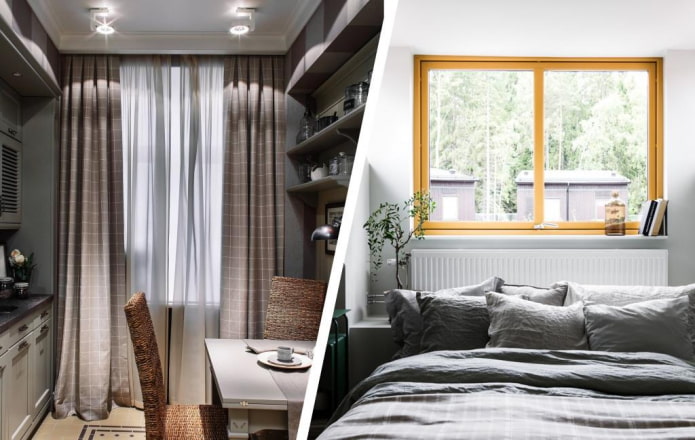
 10 practical tips for arranging a small kitchen in the country
10 practical tips for arranging a small kitchen in the country
 12 simple ideas for a small garden that will make it visually spacious
12 simple ideas for a small garden that will make it visually spacious

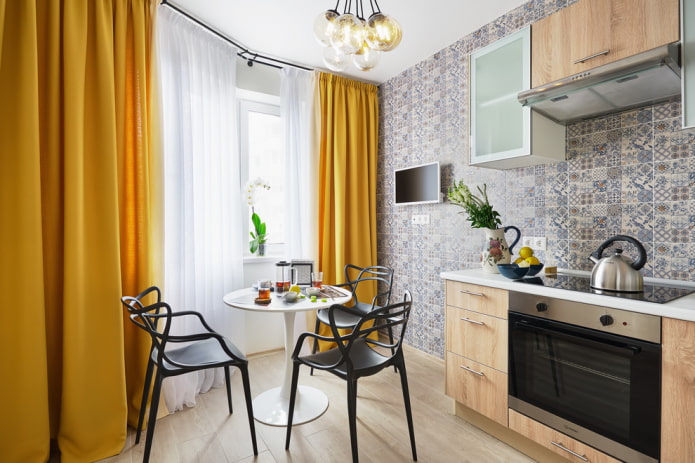
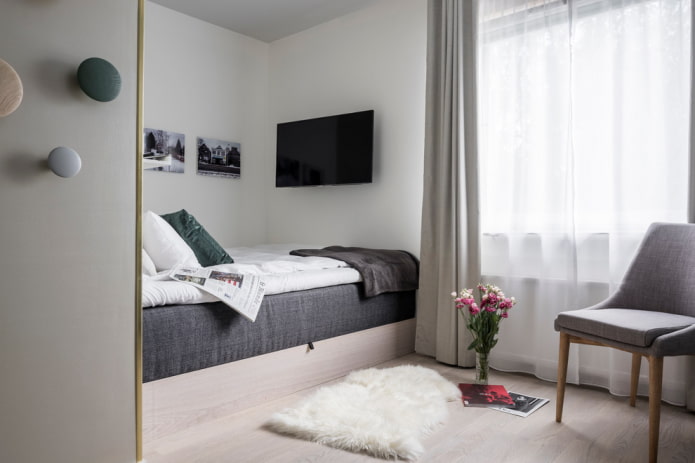
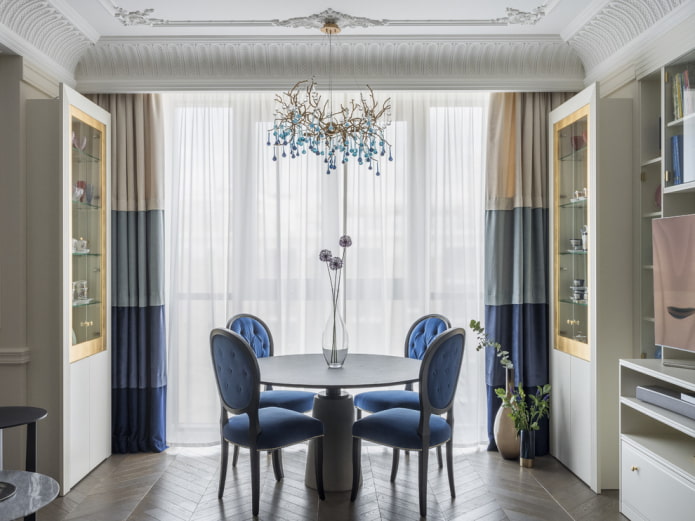
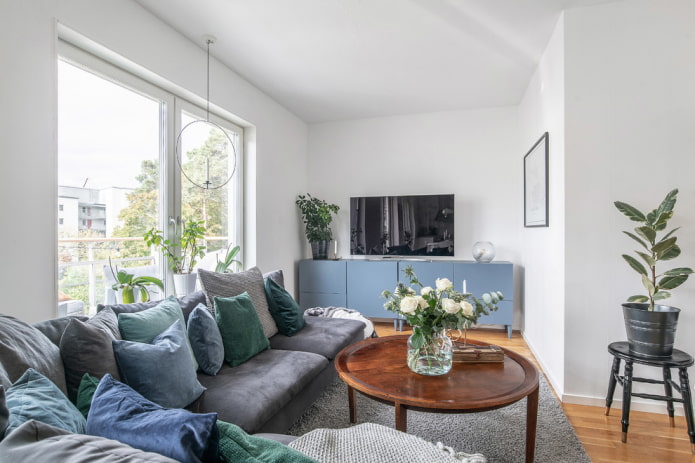
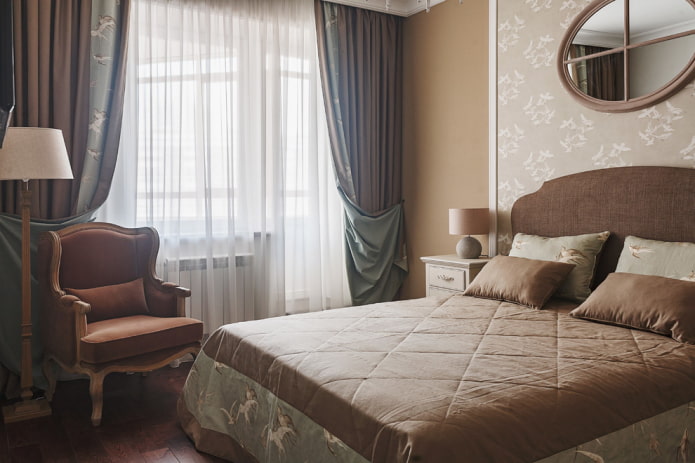
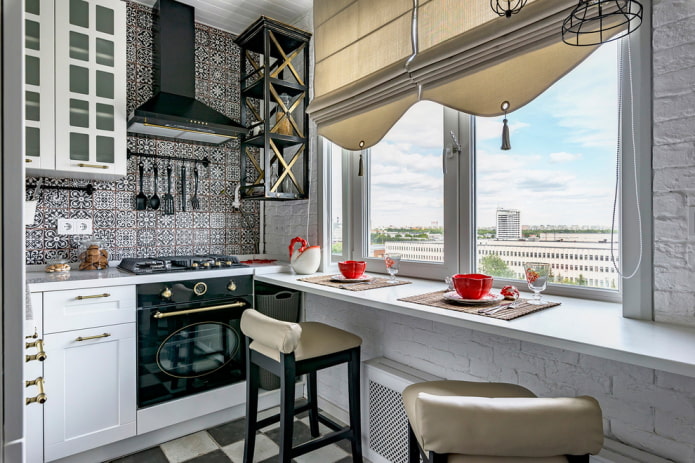
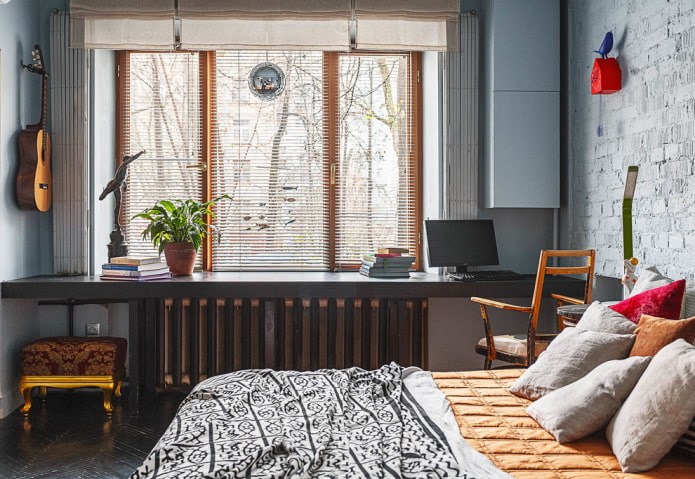
 13 bad habits a good housewife shouldn't have
13 bad habits a good housewife shouldn't have 24/7 home cleanliness - 4 secrets for the perfect housewife
24/7 home cleanliness - 4 secrets for the perfect housewife 6 hotels in Sochi that will give odds to the promoted foreign hotels
6 hotels in Sochi that will give odds to the promoted foreign hotels Top 10 interior design trends 2020
Top 10 interior design trends 2020 Rating of cheap TVs with Smart-TV
Rating of cheap TVs with Smart-TV New Year's LED garlands on AliExpress - we disassemble while it's hot, so that it's bright at home
New Year's LED garlands on AliExpress - we disassemble while it's hot, so that it's bright at home